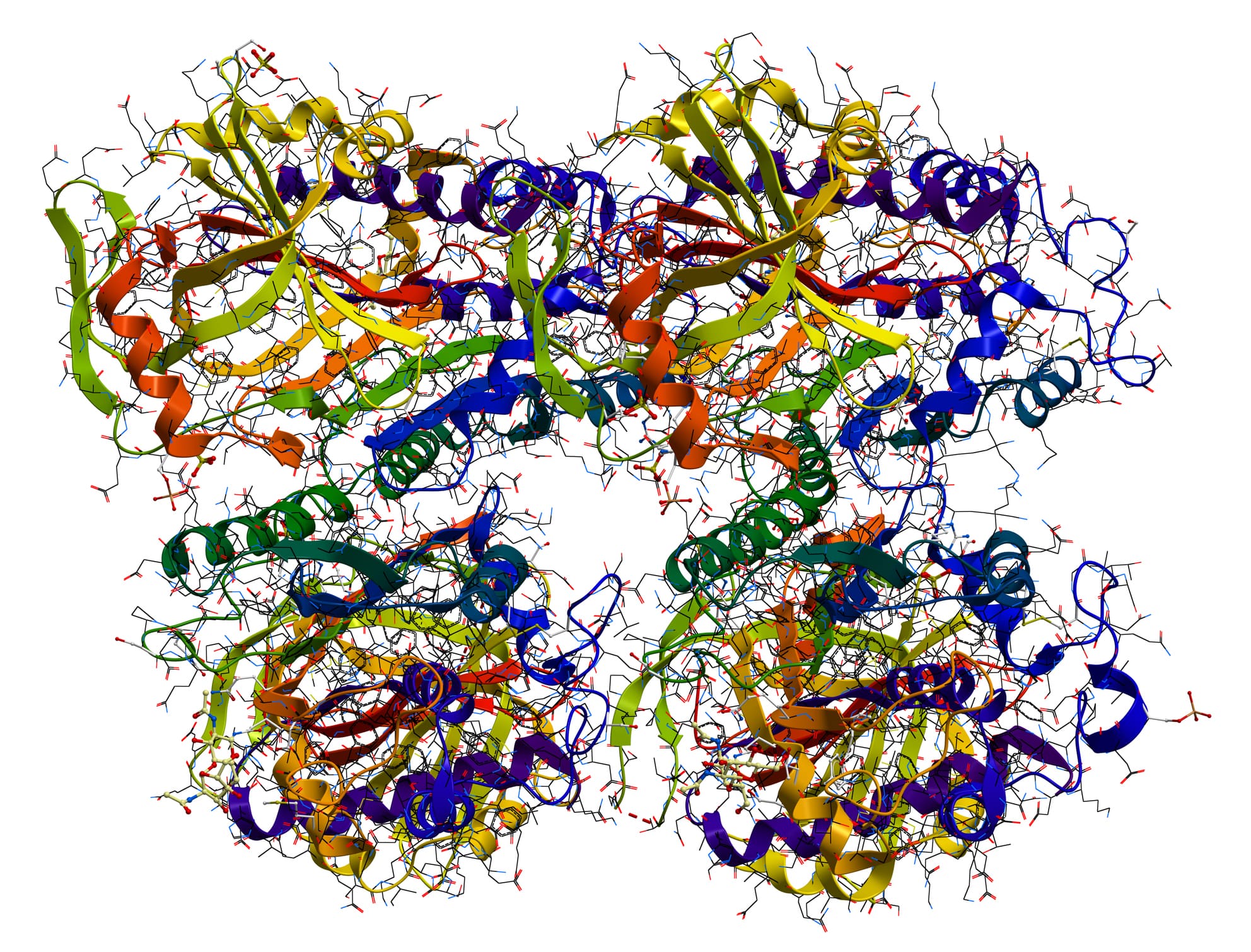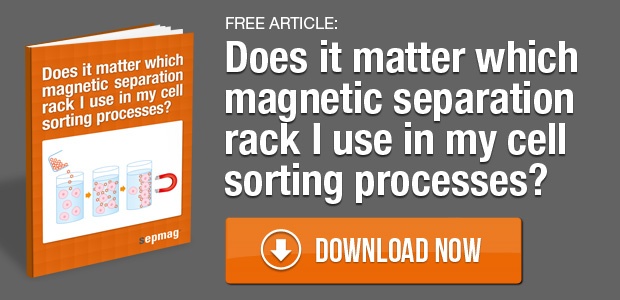The difference between IP and coIP
Co-immunoprecipitation (coIP) is a protein extraction technique that specifically targets protein-protein interactions. It is slightly different from immunoprecipitation. Immunoprecipitation utilizes antibodies immobilized on a mobile support to capture target proteins. Co IP protocol takes this concept one step further by using antibodies to target not only the direct antigen that binds to the antibody, but also any protein that binds to the antigen and is pulled out with it. This makes co-ip protocol an ideal technique for studying protein complexes. The main concern when developing a co-ip protocol is to ensure that the lysis, wash, and elution buffers do not denature the proteins. Otherwise the tertiary structure of the proteins will deteriorate and the protein-protein interaction may be altered or completely lost.
Physiological relevance of interactions:
A co-ip protocol can provide physiologically relevant information about protein interactions, but the following points must be considered in order to have a reliable assay:
- Use a non-denaturing lysis buffer: low salt concentration and non-ionic detergents
- Avoid harsh mechanical sonication or vortexing during lysis
- Use centrifugation cautiously. Better yet, consider using magnetic beads as a solid support platform to avoid centrifugation altogether
- If binding partners have extremely unstable interactions it may be helpful to covalently crosslink them prior to precipitation.
- During lysis the cell is bursting apart and proteins that are normally separated by membranes are suddenly in the same location. If there is a concern that the co-ip protocol is identifying protein-protein interactions that only occur after cell lysis then there are pre-lysis labeling techniques available.
- Antibody contamination in the SDS-PAGE gel can make it difficult to interpret results. It is important to decrease the amount of antibody that is eluted into the final sample. A non-denaturing elution buffer can help with this, but crosslinking the antibodies to the support platform or using a streptavidin-biotin affinity system can also be useful.
Co-ip protocol summarized from abcam:
-
Choose support bead: agarose, sepharose, magnetic and protein-binding method:
- Protein A and Protein G are commonly used to attach IgG antibodies to the bead surface. IgM antibodies require an anti-IgM-coupled Protein A or G.
2. Make or buy a non-denaturing lysis buffer. Add protease inhibitors before use to prevent protein degradation.
3. Incubation: There are two main strategies:
a) Free antibodies are incubated with protein sample first, followed by addition of support beads
- Benefit: good binding between antibody and antigen
- Disadvantage: weaker interaction between antibody and solid support platform could result in antibody contamination during SDS-PAGE
b) The antibodies are covalently crosslinked to the bead first and then incubated with the protein sample
- Benefit: less antibody contamination in SDS-PAGE
- Disadvantage: less efficient protein recovery
4. Wash to remove unbound proteins:
-
Washing buffers are formulated to prevent denaturation of proteins.
-
If using non-magnetic beads then a centrifuge is used to collect the beads after each wash. Otherwise magnetic separation can be employed
5. Elution of protein with elution buffer:
-
Glycine buffer is the gentlest and will result in the lowest amount of antibody contamination.
-
SDS buffer is the harshest, requires heat, and could result in a lot of antibody contamination
-
Urea buffer can also be used
6. Analysis by SDS-page and Western Blot
Immunoprecipitation protocol using magnetic beads
Magnetic separation can be used along with magnetic support beads instead of non-magnetic support beads. This eliminates the need for a centrifuge, which can be very useful because modern separation racks are small and easily fit onto a benchtop. Magnetic separation is very efficient when a modern separation rack is used to create a homogeneous magnetic force throughout the entire working volume. This means that all magnetic beads experience the same affinity towards the magnet no matter the distance they are located away from the magnet. This speeds up the separation process and improves recovery efficiency. Magnetic beads are easily functionalized with a capture antibody or protein, and this process can be covalent or non-covalent, but covalent attachment of a capture antibody would be most appropriate and useful for a coIP protocol. From here, the same coIP protocol will be followed and attention and care must be paid to ensure that buffer conditions are gentle enough to retain natural conditions that allow paired proteins to be precipitated together. Magnetic beads and magnetic separation do not require harsh chemicals or buffers, so it is an ideal strategy to use for coimmunoprecipitation.
Related news





